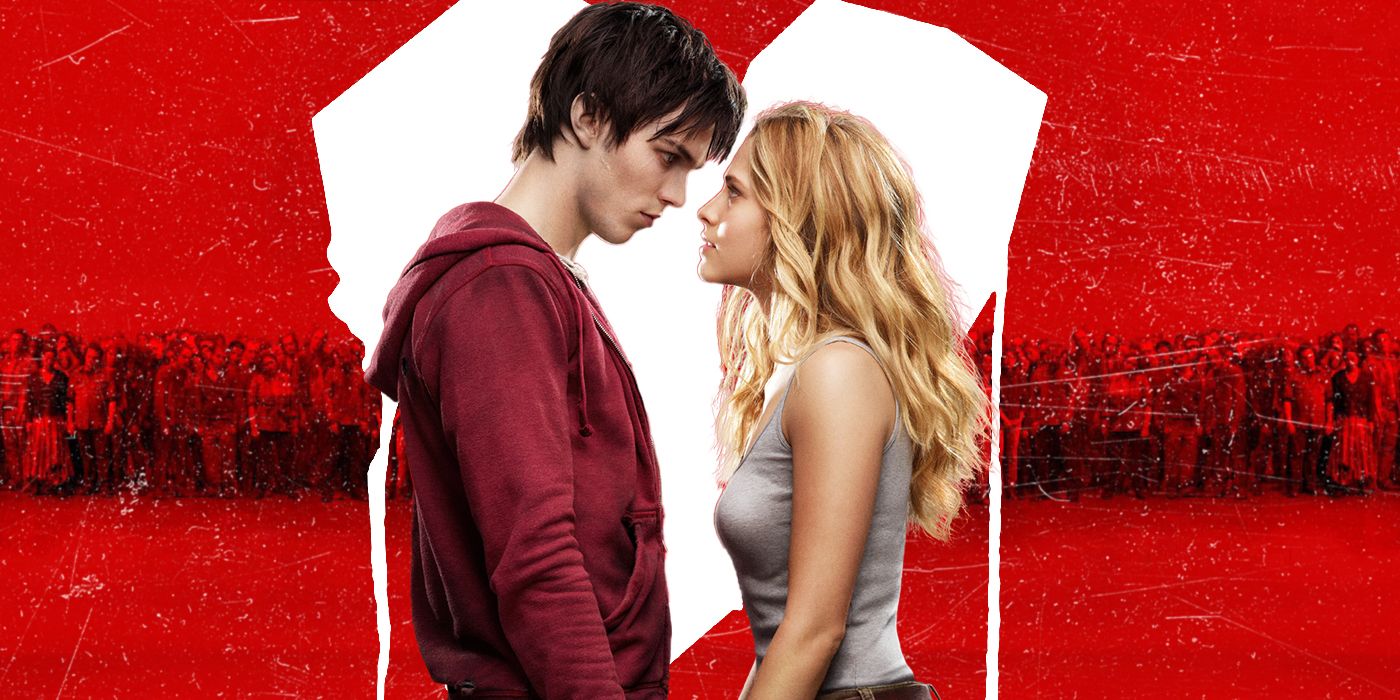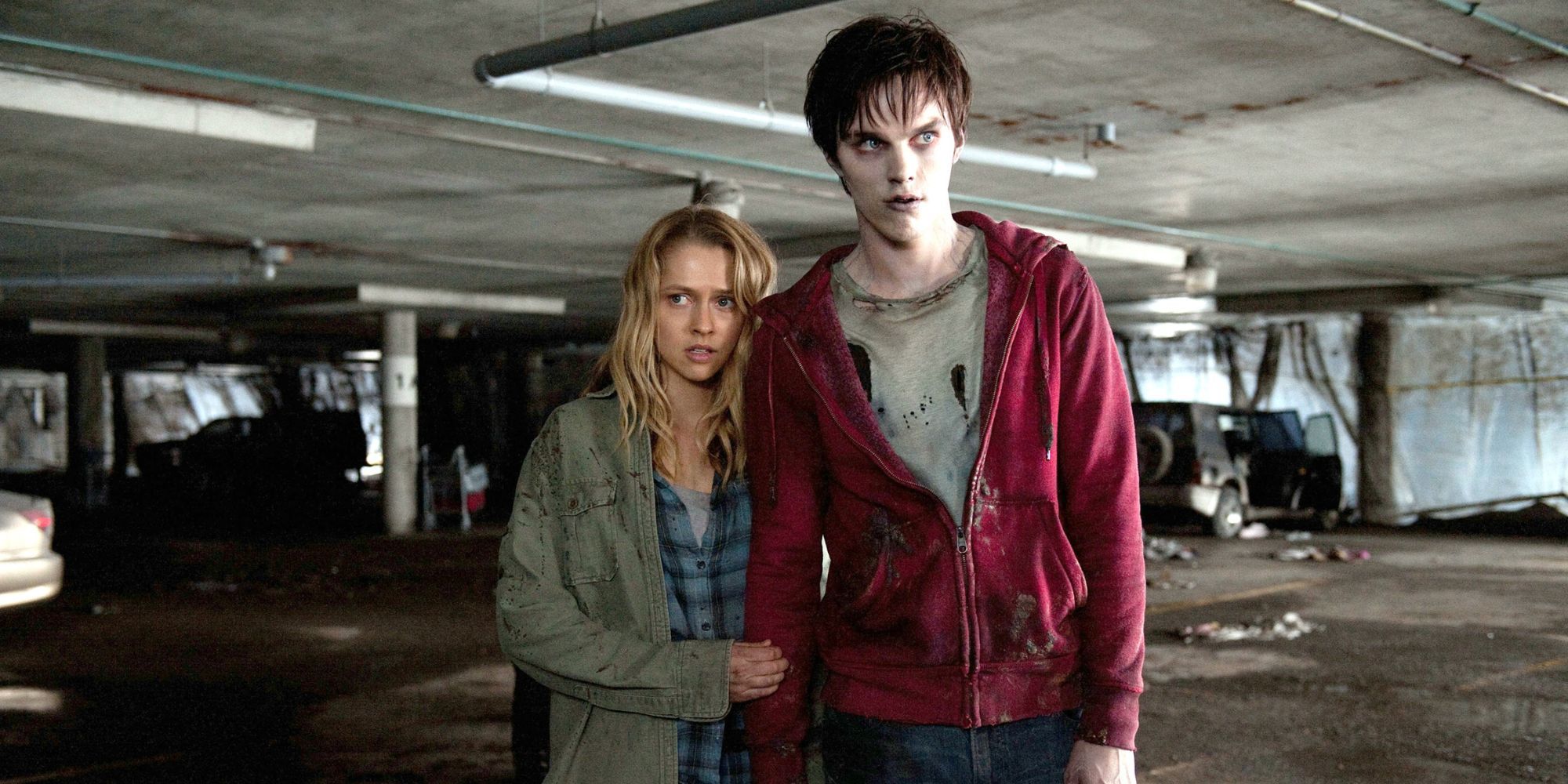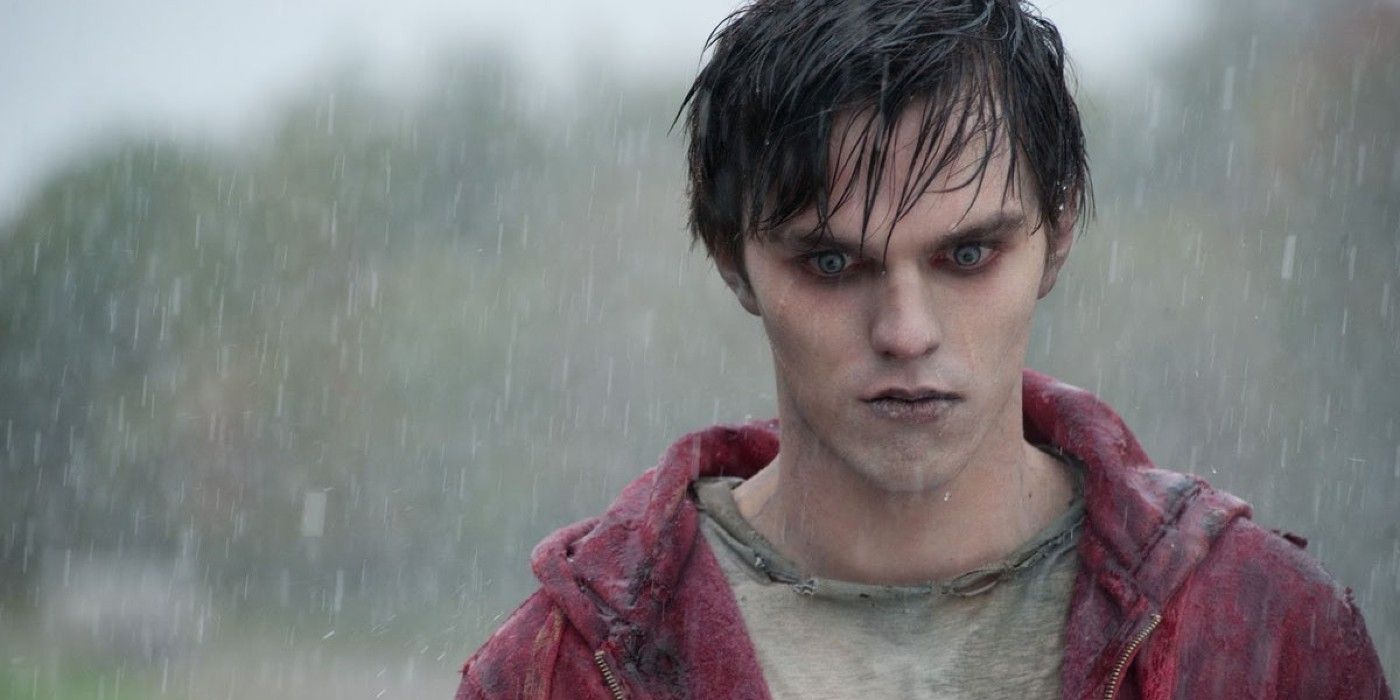While Hollywood has always blessed us with an abundance of gruesome and horrifying zombie stories, Warm Bodies flips your run-of-the-mill apocalypse story on its undead head by reminding us of the power of empathy and the human connection, even when it comes to our enemies. As we watch star-crossed lovers R (Nicholas Hoult) and Julie (Teresa Palmer) bridge the gap between the dead and the living, we can see how even with those with whom it seems impossible, there are so many more things that connect us than that separate us.
‘Warm Bodies’ Turns the Familiar Zombie Story on its Head
In Warm Bodies, the humans and the zombies —or “corpses” as they’re called in this movie— are constantly at war, which is a narrative we’ve come to know well. We’re all familiar with the general zombie-bite procedure. Once you’ve been bitten, it’s time to destroy your brain matter ASAP before you turn into an irrational, bloodthirsty monster. Your humanity doesn’t count for much once you start to eat your friends. In Warm Bodies, however, the zombie instead serves as our protagonist, and we’re guided through the story by R —a lumbering, trinket-obsessed corpse with a kind, albeit lifeless, heart. R’s stream of consciousness gives us a window into the zombie psyche, and we can see how, like the humans feel trapped inside their city walls by corpses and skeletons, the corpses feel trapped inside their bodies by their cannibalistic tendencies and inability to communicate.
In ‘Warm Bodies,’ Love Reawakens our Humanity
When R meets Julie, the reluctantly optimistic daughter of a military leader, and saves her from his fellow zombies, his humanity is further awakened as he falls in love with her and realizes that there’s more to life —and the afterlife— than just going through the motions. On the other hand, as Julie and R spend more time together and bond over their love for fast cars and good music, Julie learns that the differences between the humans and the corpses are only skin-deep and that what she thought she knew about corpses doesn’t matter now that she’s met R.
Something else that R and Julie share is that they both oppose the status quo of their respective communities. Julie carries hope that they might someday find a cure for the undead, and R clings to his humanity by surrounding himself with artifacts of human life and only killing when he has to, snacking on brains —namely Julie’s boyfriend’s— in order to vicariously experience his victims’ memories. Through her bond with R, Julie shows us that we can find the connections we crave in unexpected places, as she finds she has more in common with her people’s enemy than she does with many of the members of her own community.
‘Warm Bodies’ Shows Us the Power of Empathy
While R and Julie represent hope in each of their groups, other characters show us how the effects of anger and distrust can poison us, sometimes beyond repair. Julie’s boyfriend Perry (Dave Franco) is hardened by the zombification of his father and by the effects of the war, and becomes somebody that Julie struggles to connect with. When R eats Perry’s brain, we’re able to see Perry’s progression from a serious but relatively happy teenager to a traumatized and stoic man who sees no way out of war other than to fight his way through it. Similarly, Julie’s father, Grigio (John Malkovich), is desensitized by the loss of his wife and by his militaristic tendencies, and he operates mainly out of the fear of losing his daughter if the humans are outnumbered by the corpses. Perry’s sense of duty gets him killed, but Grigio is eventually able to regain his empathy and call off the war after seeing that inside his sworn enemy there might be a life worth sparing. While it may have taken him shooting R in the chest in order to see what they have in common, Grigio’s character development shows us that there is the potential to change even the most resistant minds.
Finding Humanity in our Adversaries
Throughout the movie, as more corpses begin to reawaken their humanity and regain memories of being alive, they gain empathy for the human soldiers, even going so far as to save them and fight alongside them against their common enemy, the boneys. Dominating the undead side of extremism, Warm Bodies’ boneys are haunting, screeching, skinless corpses that are so consumed by dread and apathy that they lose all remnants of a soul. Whereas the zombies attempt to communicate with one another, the boneys can only scream, too overwhelmed by their rage to see things from conflicting perspectives. At the end of the movie, after the humans and corpses have killed most of the boneys, the rest of them allow themselves to be overtaken by their despair and waste away, reminding us that though we may try, there are some people that we won’t ever get through to.
As we watch Warm Bodies, we can see how the residents of this war-ravaged dystopia are not so different from the people in our world. We’re quick to judge, and have a tendency to dig our heels in rather than try to understand perspectives that differ from our own. Oftentimes we fail to see that at the end of the day, we’re all just doing the best we can. R and Julie’s story shows us that while we all have anger, fear, and shortcomings, the cure to our resentment lies in the courage to love each other anyway. At a time when our differences may seem too great to overcome, Warm Bodies reminds us to seek out the humanity in our adversaries, and just might be the perfect movie to warm our cold, dead hearts.



